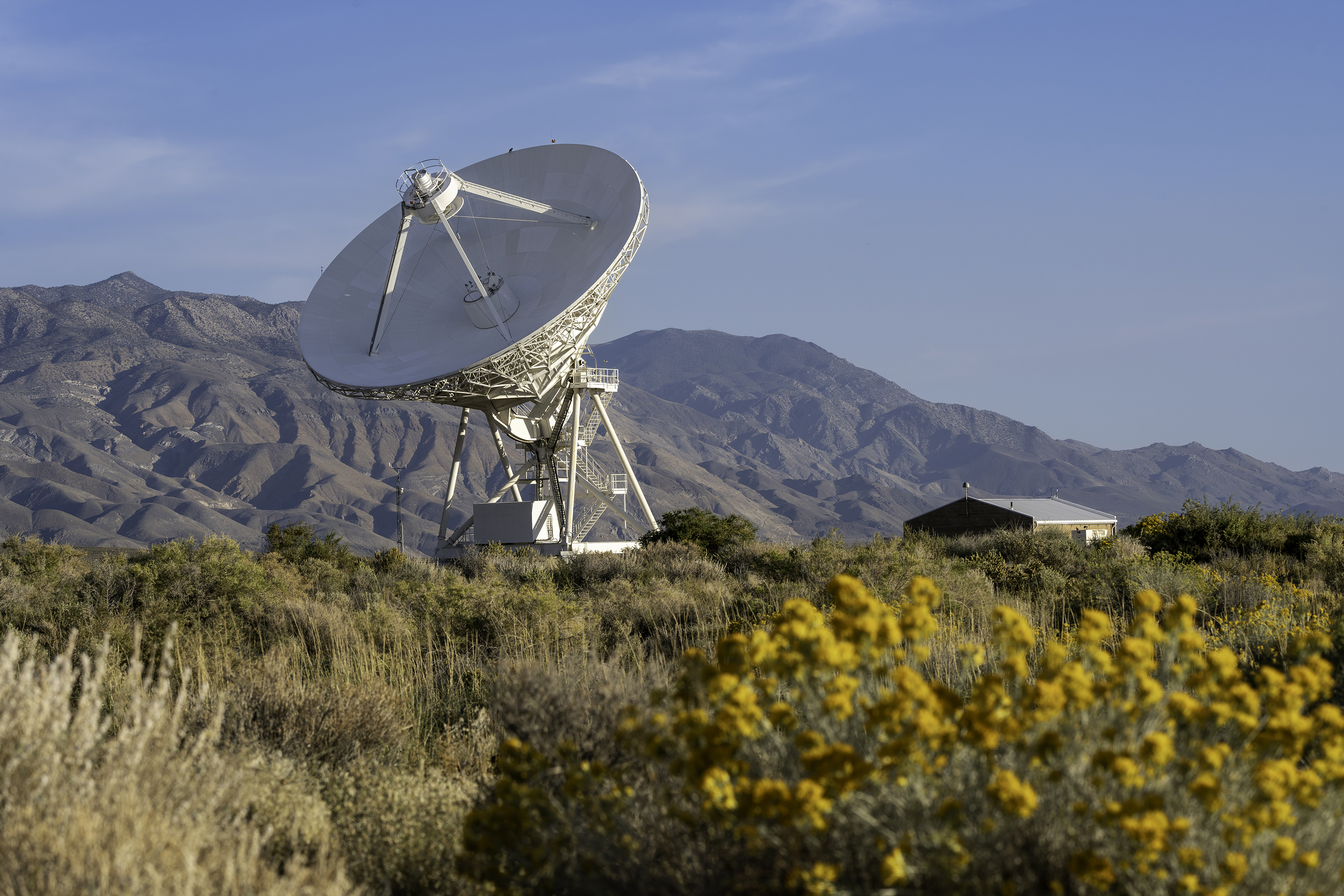Three million years ago the fault regions of the Sierra Nevada and White Mountains began their thunderous rise. Their sharp ridges rose, while between them formed a deep graben plain. It became a dry region rich with snowcap-fed streams. The Mono People who first came to the region called it The Land of Flowing Water. Thousands of years later, white settlers named it Owens Valley.
Located in what is now Eastern California, Owens Valley is the deepest graben in the United States. The central plain is at an elevation of 4,000 feet, while mountains on either side rise as high as 14,000 feet. As a result, the valley is in a rain shadow where there is little annual rain. It is a perfect region for radio astronomy, which is why in 1954 the California Institute of Technology began to build what is now known as Owens Valley Radio Observatory (OVRO). It is also where NRAO located a radio dish for the Very Long Baseline Array (VLBA) in 1993.
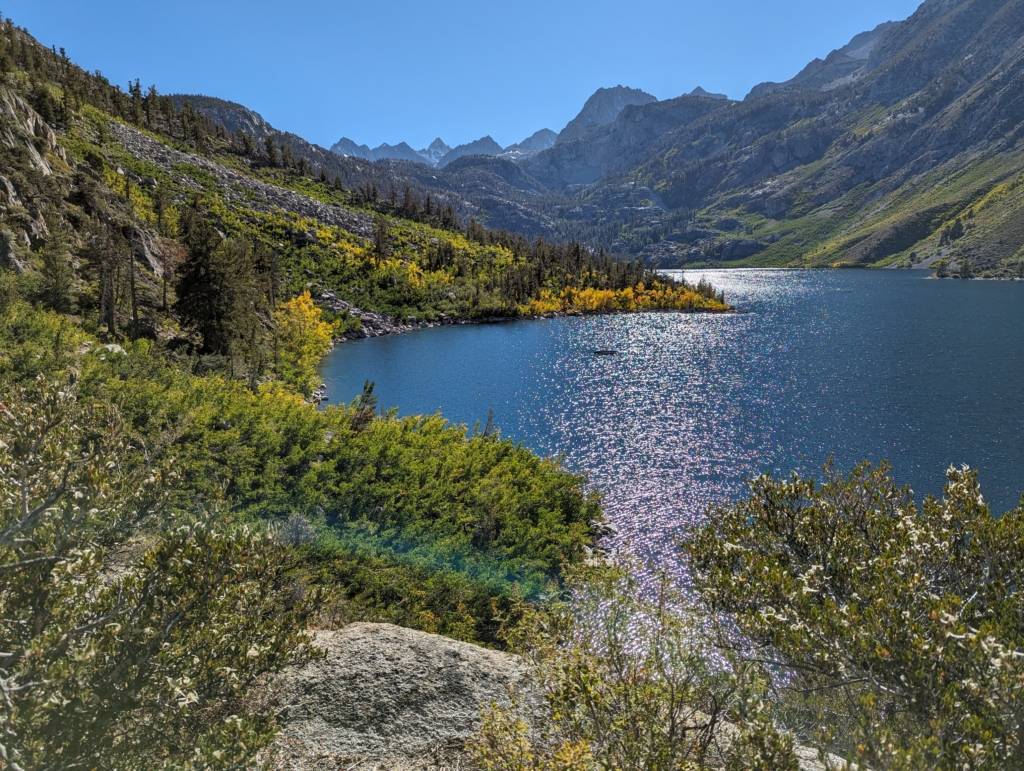
Though far to the west of the St. Croix antenna, the Owens Valley antenna has some similarities, in particular being in a remote location. The high mountains surrounding the valley mean that access to the region is only possible from the south, or through mountain passes. This also makes for a unique geography. To the south are the dry bed remains of Owens Lake, and further beyond is Death Valley. To the East are the White Mountains, which is home to the great bristlecone pine forest, and some of the oldest living trees in the world. Within the Methuselah Grove of this forest is hidden a particular tree that was seeded nearly 5,000 years ago.
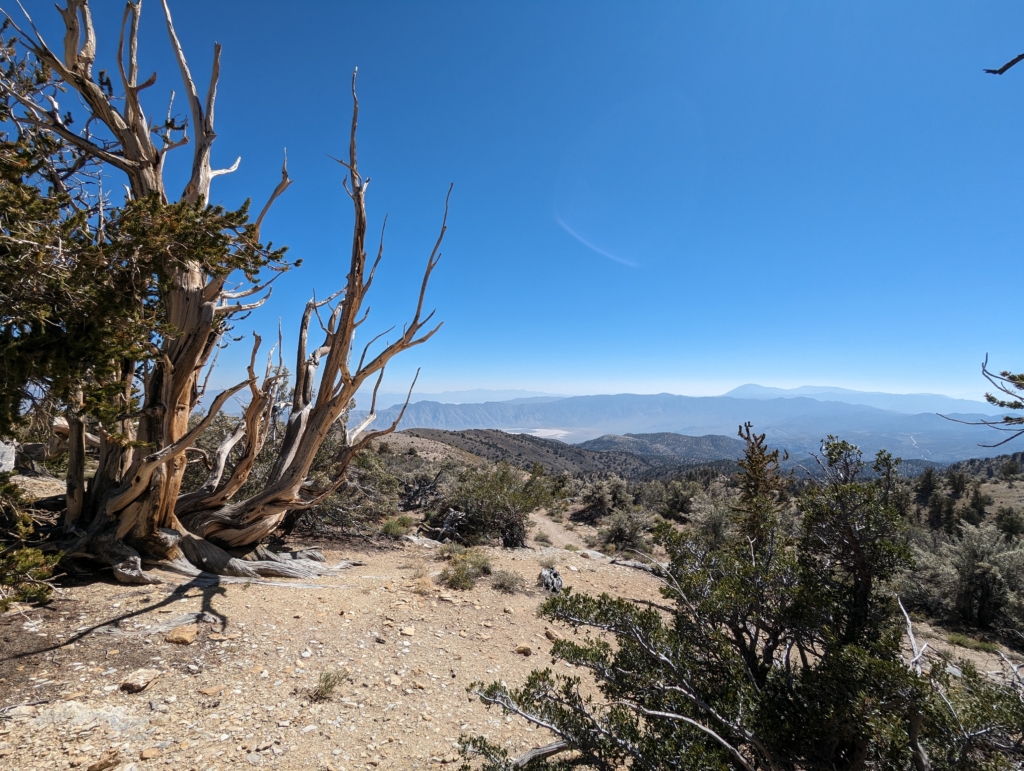
To the west is the Sierra Nevada mountain range, including Mount Whitney, which is the tallest mountain in the continental United States at 14,000 feet. The area has sometimes been called the Little Alps, and in the 1920s and 1930s, it was a popular filming area when Hollywood needed to portray the great European mountains on a budget. To this day the Sierra Nevada is a popular skiing and hiking region.
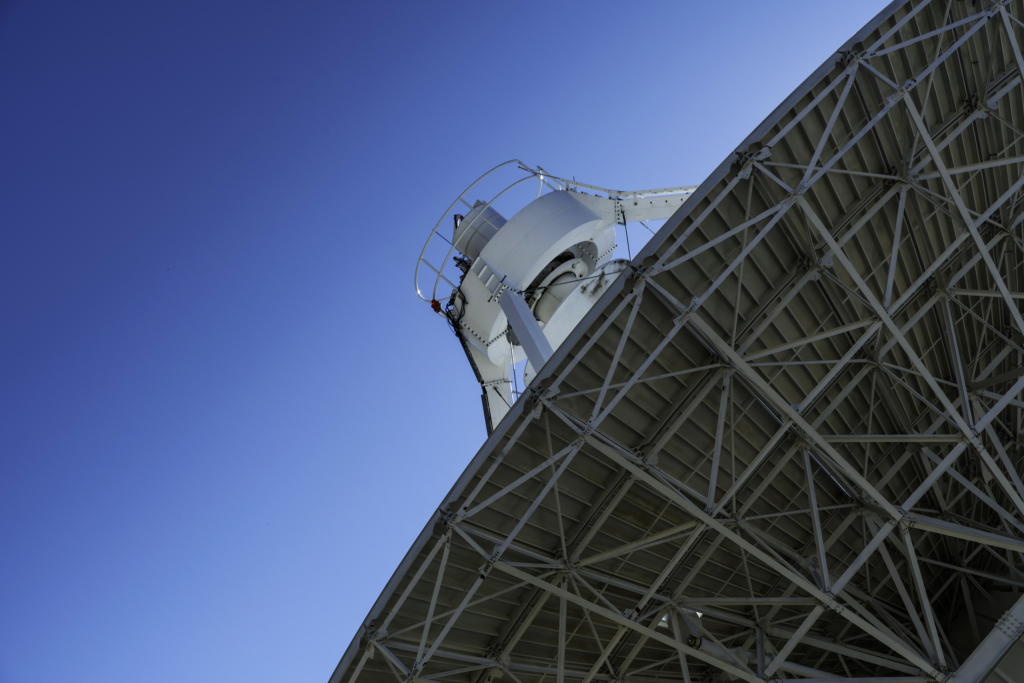
There are also observational and technical challenges at Owens Valley. Though favored with impressively clear skies, the high mountains to the east and west mean the view of the VLBA antenna is obscured near the horizons. There are times when the antenna points into a mountain, aiming for an object low in the sky that it cannot see, though other VLBA antennas can. The remoteness of the region can also make staffing an issue. To work at the Owens Valley site you need not just the technical skill but the desire to live in such a unique and remote location.
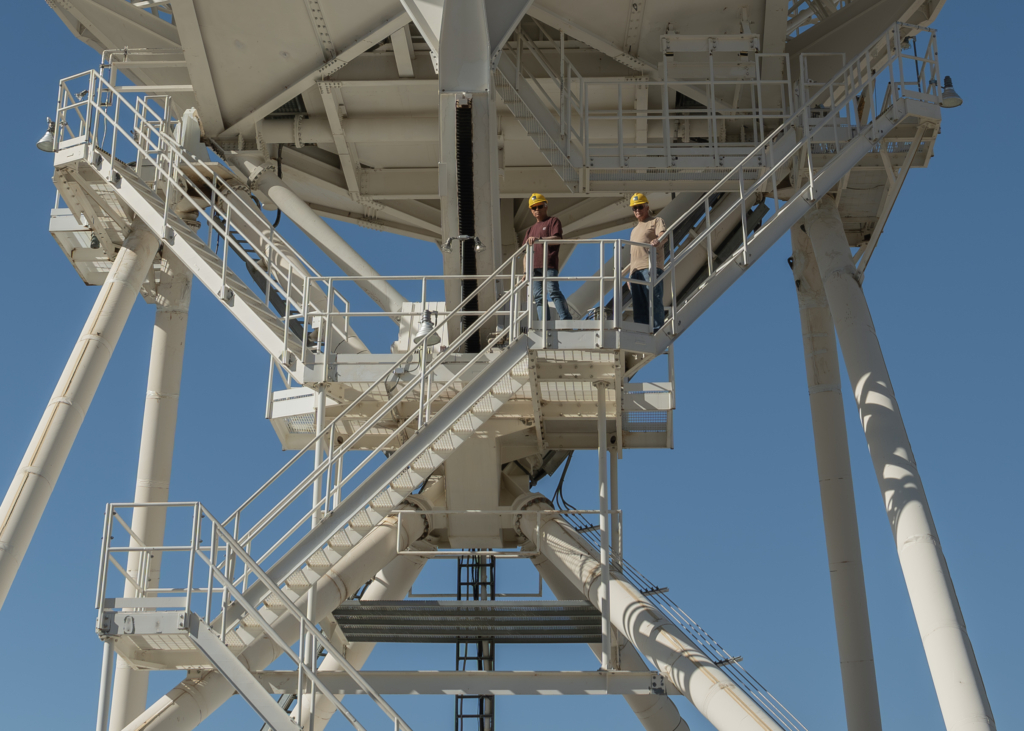
But Jim Brown and Ray McFarlin, who currently maintain the Owens Valley antenna wouldn’t have it any other way. As Ray puts it, “I’ve worked on all ten of the VLBA antennas, and Owens Valley is my favorite.” It’s easy to see why. Owens Valley has incredible views, a rich, diverse culture, and amazing places to hike, camp, and ski, all within a couple hours drive. It’s why the area is a tremendously popular vacation spot, and for some who visit, it’s also why they stay.
Extra: Check out this panoramic view of the Owens Valley Antenna!


